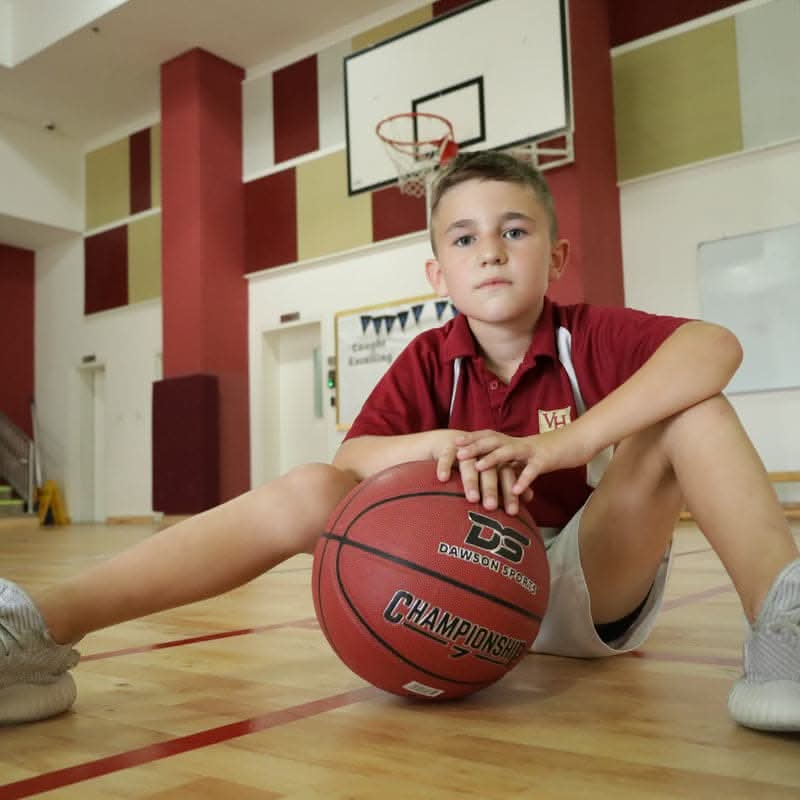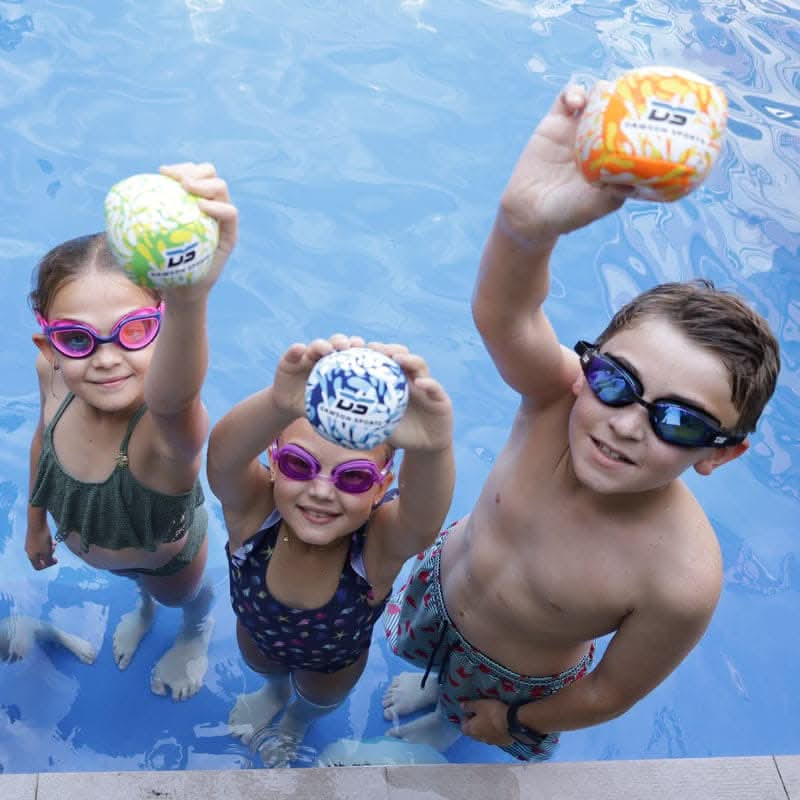Are you ready to take your strength training to the next level? Choosing the right weight plates is essential for building muscle, increasing strength, and achieving your fitness goals. With a wide variety of options available, it can be overwhelming to decide which weight plates are best suited for your needs. In this comprehensive guide, we'll explore the different types of weight plates, their benefits, and how to choose the perfect ones for your home gym.
Let's dive into the world of weight plates and discover how they can help you transform your workouts and achieve your fitness aspirations.
Understanding Weight Plate Types
There are three main types of weight plates to consider: rubber plates, cast iron plates, and bumper plates. Each type has its own unique characteristics, advantages, and disadvantages.
Rubber Plates
Rubber plates are a popular choice for home gyms due to their durability and noise-reducing properties. They are typically made from high-quality rubber that can withstand heavy use and provide a cushioned impact when dropped. Rubber plates are also ideal for protecting your floors from damage.
-
Pros:
- Durable and long-lasting
- Reduces noise when dropped
- Protects floors from damage
-
Cons:
- Heavier than other types of plates
Cast Iron Plates
Cast iron plates are a more affordable option compared to rubber plates. They are made from cast iron, which is a durable material that can withstand heavy loads. However, cast iron plates can be noisy when dropped and may cause damage to floors if not used with caution.
-
Pros:
- Affordable option
- Durable material
-
Cons:
- It can be noisy when dropped
- May damage floors if not used with caution
Bumper Plates
Bumper plates are specifically designed for Olympic weightlifting and powerlifting. They are made from a combination of rubber and steel, providing a durable and shock-absorbing surface. Bumper plates are ideal for high-intensity workouts and can be dropped safely without damaging equipment or floors.
-
Pros:
- Designed for Olympic weightlifting and powerlifting
- Durable and shock-absorbing
- Can be dropped safely without damaging equipment or floors
-
Cons:
- Higher price point
Choosing the Right Weight Plates for Your Fitness Goals
Once you've determined the type of weight plate that best suits your needs, it's time to consider your fitness goals and choose the appropriate weight range.
Beginner Level
If you're new to strength training, starting with lighter-weight plates is recommended. This will allow you to focus on proper form and gradually build your strength. Consider starting with a set of 5-10 pound plates and gradually increasing the weight as you progress.
Intermediate Level
As you gain strength and experience, you can increase the weight of your plates. Intermediate-level lifters may benefit from a wider range of weights, including 15-25 pound plates. This will allow you to challenge yourself and continue making progress.
Advanced Level
Advanced lifters may require heavier weight plates to meet their strength training needs. Consider investing in plates up to 45 pounds or more to support your intense workouts.
Remember to always prioritize proper form and listen to your body. If you experience any pain or discomfort, it's important to consult with a healthcare professional.
Additional Considerations
When choosing weight plates, it's essential to consider the following factors:
- Barbell Compatibility: Ensure that the weight plates you select are compatible with your barbell. Check the diameter of the holes in the plates to ensure they fit snugly on the barbell.
- Storage space: Consider the size and weight of the plates when planning your home gym setup. Ensure you have enough space to store your weight plates conveniently.
- Budget: Determine your budget and choose weight plates that fit within your financial constraints. Remember that investing in quality weight plates can be a long-term investment in your fitness journey.
Conclusion
Choosing the right weight plates is essential for achieving your fitness goals. By understanding the different types of weight plates, considering your fitness level, and taking into account additional factors, you can make an informed decision and create a well-equipped home gym.
Level Fitness offers a wide range of high-quality weight plates to suit your needs. Visit our website to explore our selection and find the perfect plates for your fitness journey.
FAQs: Weight Plates
1. What is the difference between rubber and cast iron plates?
- Rubber plates are generally more durable, quieter, and provide better floor protection. However, they are typically heavier and more expensive than cast iron plates.
- Cast iron plates are more affordable but can be noisy and may damage floors if dropped.
2. How many weight plates should I start with?
- For beginners, a set of 5-10 pound plates is a good starting point. As you progress, you can gradually add more weight.
3. Can I mix and match different types of weight plates?
- Yes, you can mix and match different types of weight plates, but it's important to ensure they are compatible with your barbell.
4. How often should I replace my weight plates?
- The lifespan of your weight plates will depend on their quality and usage. With proper care and maintenance, they can last for many years.
5. Are there any specific exercises that require specialized weight plates?
- While most exercises can be performed with standard weight plates, certain Olympic lifts may require bumper plates for safety and durability.
6. How do I store my weight plates?
- Store your weight plates in a dry, organized location to prevent rust and damage. Consider using a weight plate rack or storage system to keep your gym area tidy.








